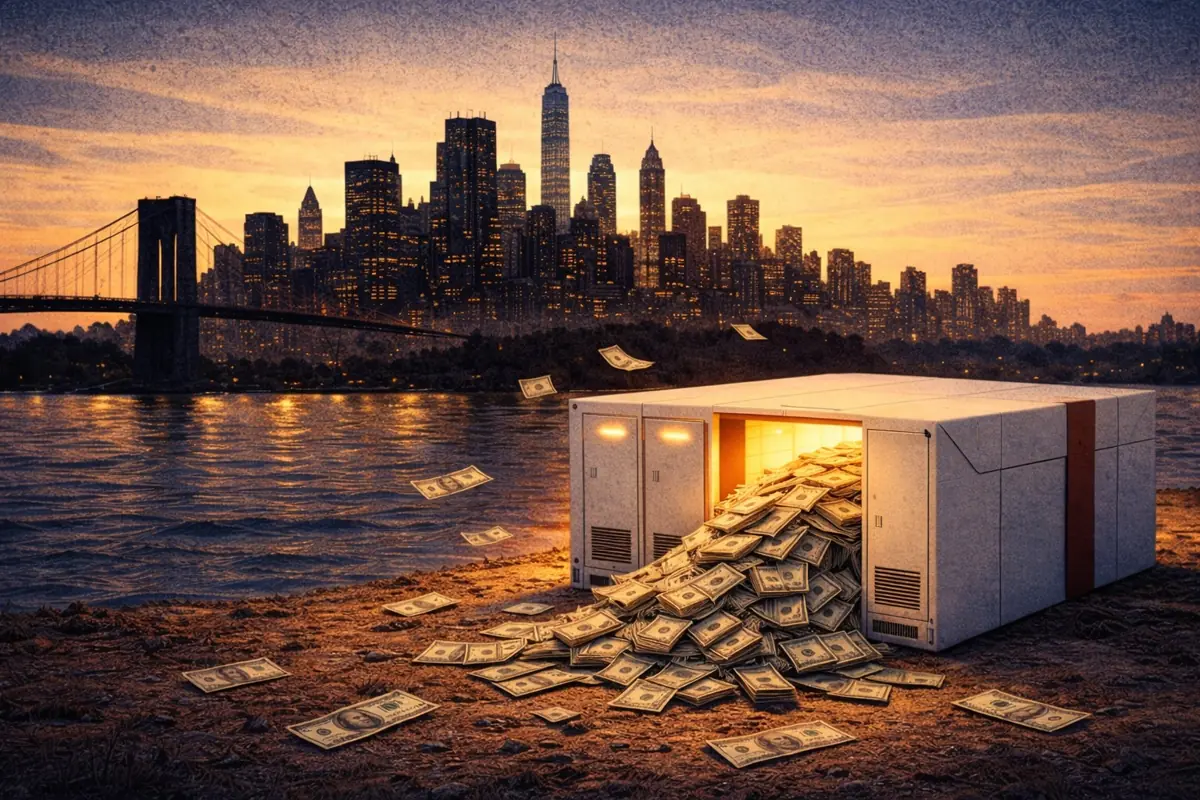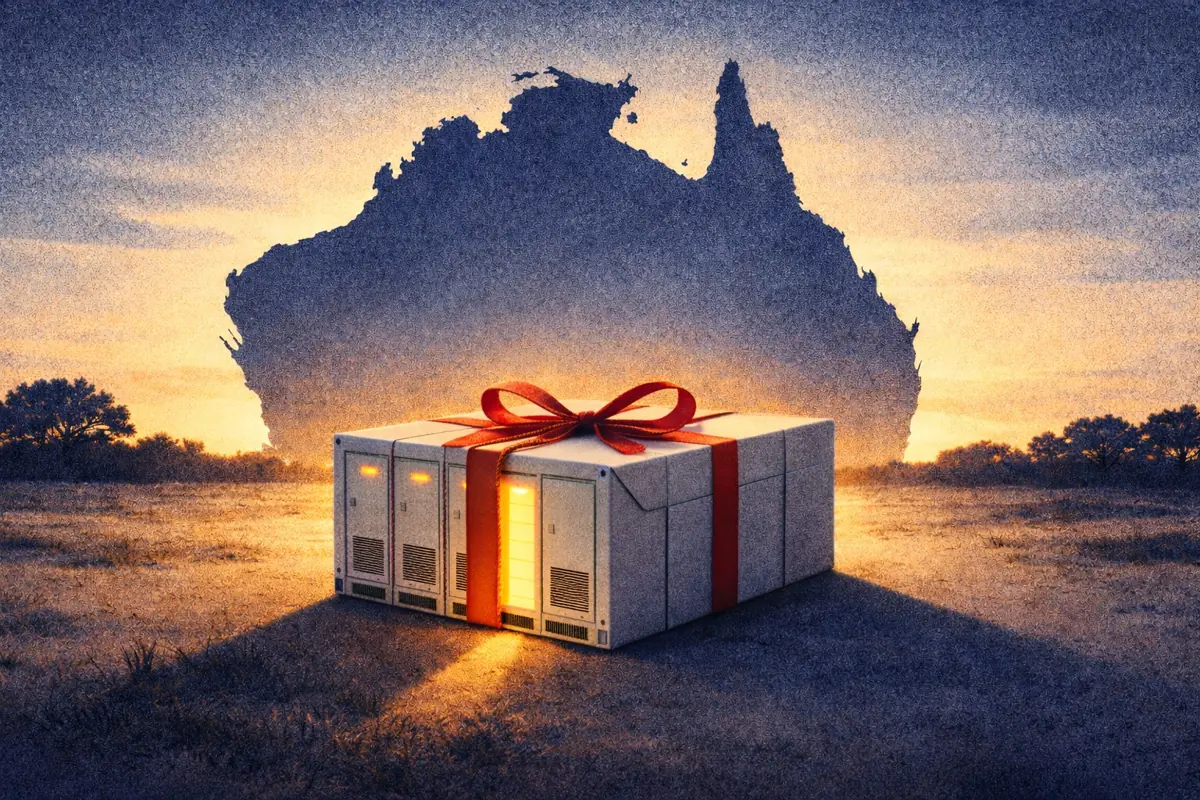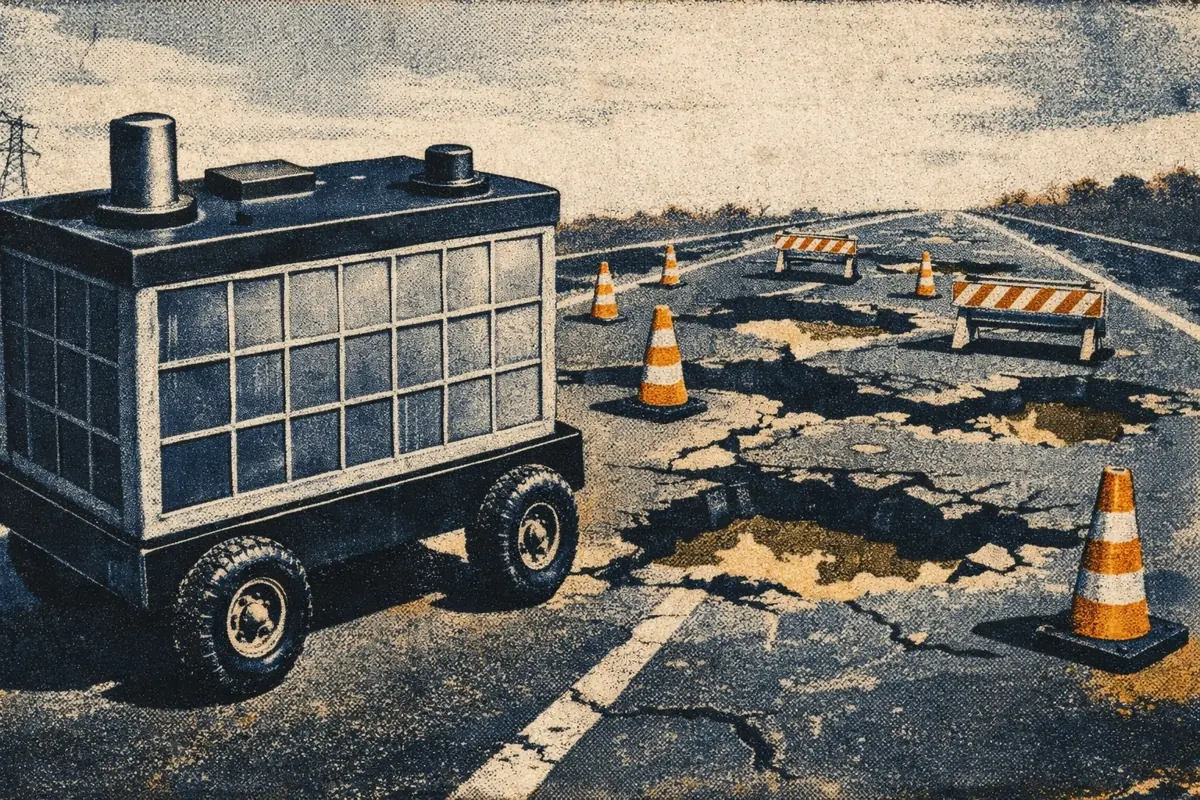NIV chasing: how does it work?
The number of non-Balancing Mechanism battery units is on the rise in Great Britain. This could be a sign of increasing NIV chasing within the battery fleet.
But, what is NIV chasing? In this article, we explain all.
What is NIV chasing?
Put simply, it's a way of earning revenues from the system price.
The Net Imbalance Volume (NIV) is the total energy imbalance between generation and demand in each half-hour settlement period.
- If demand exceeds generation, NIV is positive and the system is “short”.
- If generation exceeds demand, then NIV is negative and the system is “long”.

The NIV can bounce around across the day between positive and negative. But the NIV can also change quickly between positive and negative during each settlement period. This evolves continuously as National Grid ESO accepts Bids or Offers in the Balancing Mechanism to balance the system.
The NIV is the biggest determinant of the system price
The difference between a battery’s physical metered output and its contracted position - the energy it has bought or sold for that half-hour - is charged or paid for at the system price. But what determines the system price?
The actual calculation of the system price is fairly complex. But essentially, it is based on the size and direction of Net Imbalance Volume in that half-hour, and the price of Bids and Offers. A short system will see a more expensive Offer set the system price. A long system will instead see a cheaper Bid set the price.

This means the system price bounces around with NIV, generating price spreads from one settlement period to the next. So, flexible assets like batteries ‘chase’ the NIV to make money. They aim to be paid to discharge energy into a short system and pay to charge up from a long system.
Who can NIV chase?
Any system can choose to expose itself to system prices. But NIV chasing as a strategy is the targeting of the best system prices.
The amount operators can earn from NIV chasing will depend on how accurately they can predict the NIV and system price. The later an asset can wait to adjust its output, the better its chances.

BM-registered systems
Balancing Mechanism-registered systems can (in theory) NIV chase, but Balancing Mechanism submission requirements make this a high-risk strategy.
- All Balancing Mechanism-registered units must submit Final Physical Notifications (FPNs) by gate closure, one-hour before the start of the settlement period.
- Under the Grid Code, these must be followed as accurately as possible.
- This means that any Balancing Mechanism-registered systems looking to NIV chase would have to lock in their physical positions at gate closure.
BM-registered systems could NIV chase in two ways:
- Before gate closure: an asset could submit an FPN out of line with its contracted position (exposing the difference to the system price).
- During the settlement period: an asset could change its contracted position (which relies on finding other parties to contract with, so isn’t necessarily easy to achieve reliably).
Both of these approaches are high risk because of the NIV's volatility and the system price's unpredictability. This means that BM-registered units are unlikely to use NIV chasing as part of their strategy.
Non-BM-registered systems
Non-Balancing Mechanism-registered systems have much more flexibility to NIV chase.
- Systems not registered in the Balancing Mechanism have less stringent notification and compliance requirements than BM-registered units.
- They do have to submit Physical Notifications - but only for settlement periods when they are contracted into the Dynamic frequency response suite. *
- So, when a non-BM battery is not contracted into frequency response services, it has much more freedom to adjust the amount it is exposed to the system price.
- It can do this by adjusting its physical output and/or changing its contracted position. And it can make these adjustments through to real-time, even within the settlement period.
This means non-BM units can estimate the NIV and predict system prices with greater confidence and have stronger chances of achieving better results.
* Since 1st April 2023, non-BM systems providing Dynamic Containment, Dynamic Moderation, or Dynamic Regulation must submit and follow Physical Notifications an hour in advance via the Ancillary Services Dispatch Platform (ASDP). However, this does not apply outside of contracted periods, and is not enforced by the Grid Code. Instead, failure to do so leaves systems at risk of performance monitoring penalties.
NIV chasing strategies: examples
Pure NIV chasing
An asset has no contracted position, and all output is exposed to the system price.
It changes its output according to forecast system prices. This is potentially the simplest NIV chasing strategy an asset can pursue from a market access perspective. This is because a battery storage asset (or other flexible technology) doesn’t need to pass frequency response testing nor gain access to EPEX or N2EX auctions.
But, the system price can be incredibly volatile, and the risk of getting it wrong can be huge. As a result, it’s rare for asset operators to NIV chase in this way.
NIV chasing as part of a wider trading strategy
An asset locks in traded positions to hedge risk, and exploits opportunities that arise from system prices.
Market participants buy or sell all or parts of an asset's energy output within the day-ahead or intraday markets. As systems change closer to real-time, they can shift away from these contracted positions.
As a simple illustration, a battery may contract in the day-ahead market to sell 50 MW across for a specific settlement period. But the system ends up long. If the battery is able to predict this and under-delivers by 10 MW on this contracted position, that 10 MW will be bought back at the cheaper system price, earning it a profit on the spread between day-ahead and system price.
To find out more about how imbalance volumes are changing over time, and the impact this could have on a NIV chasing strategy, check out our article on the growth of the non-BM battery fleet and what NIV chasing has to do with it.







